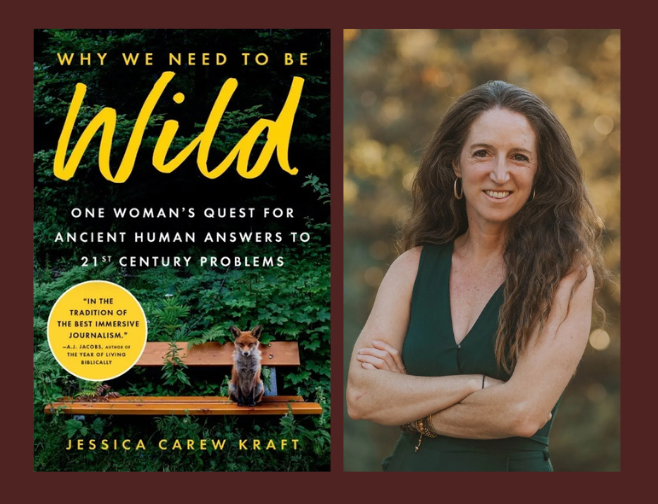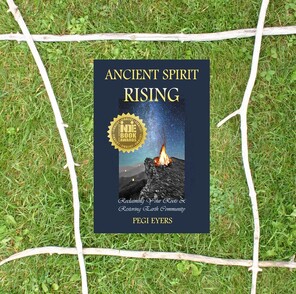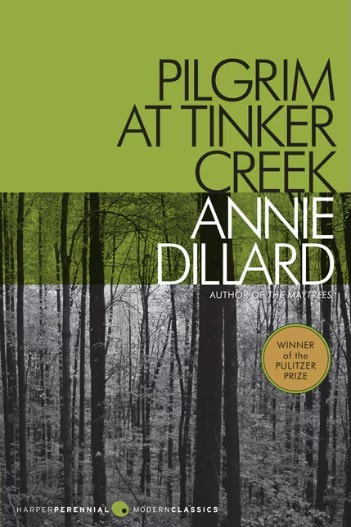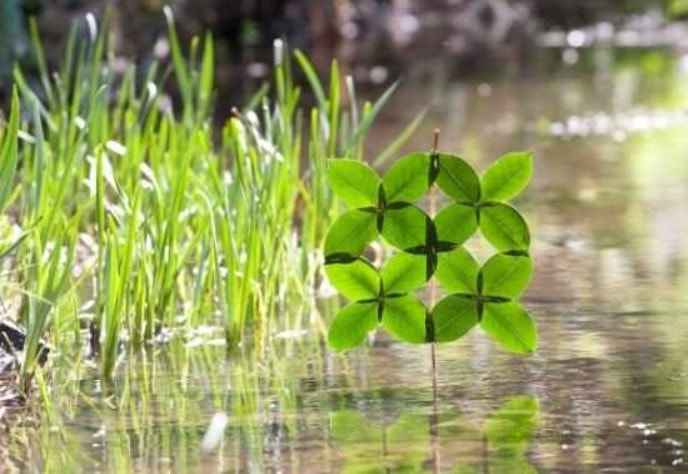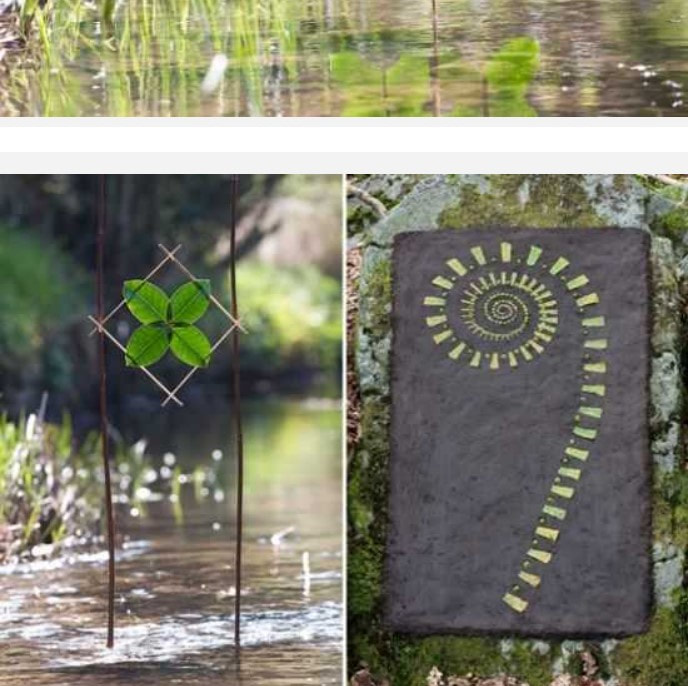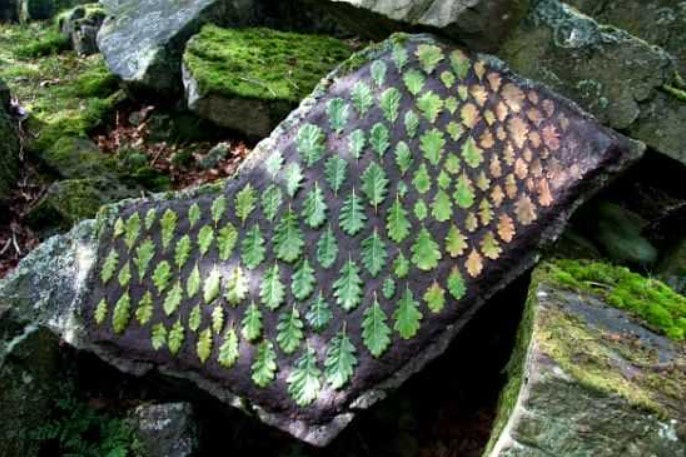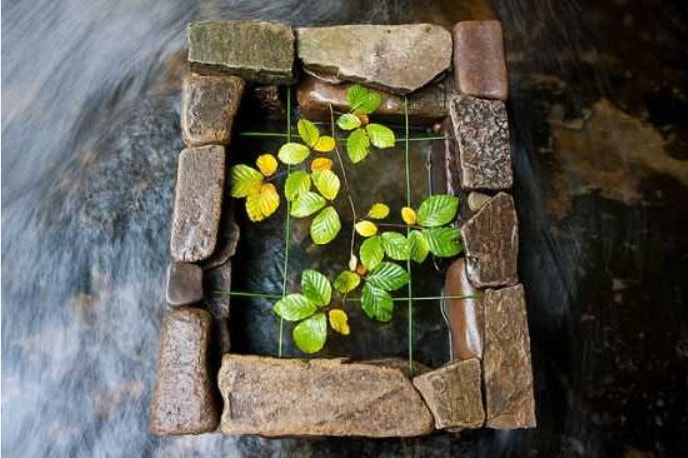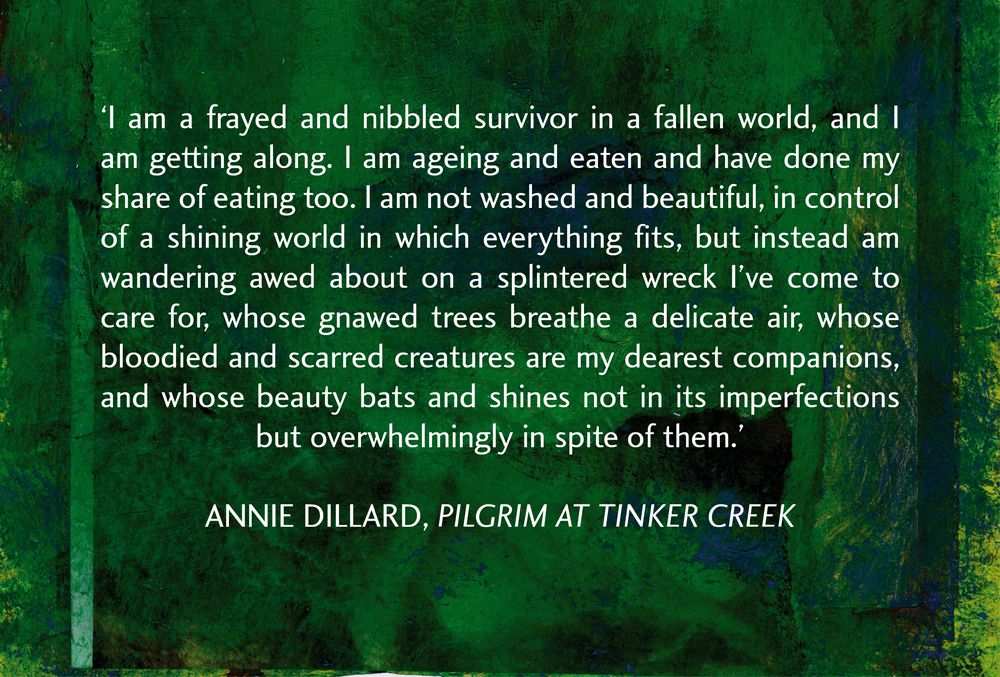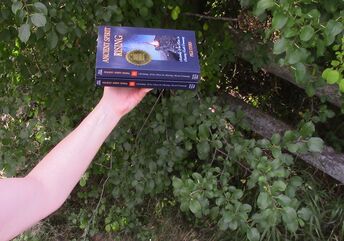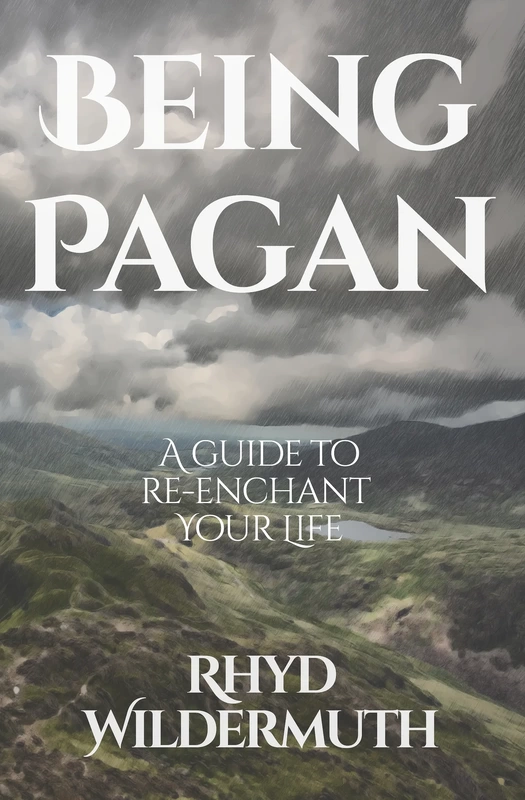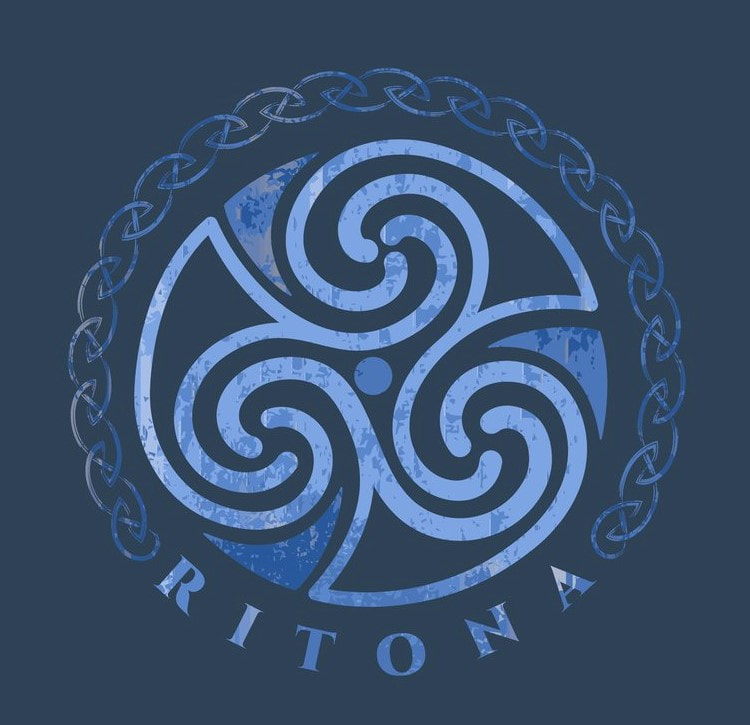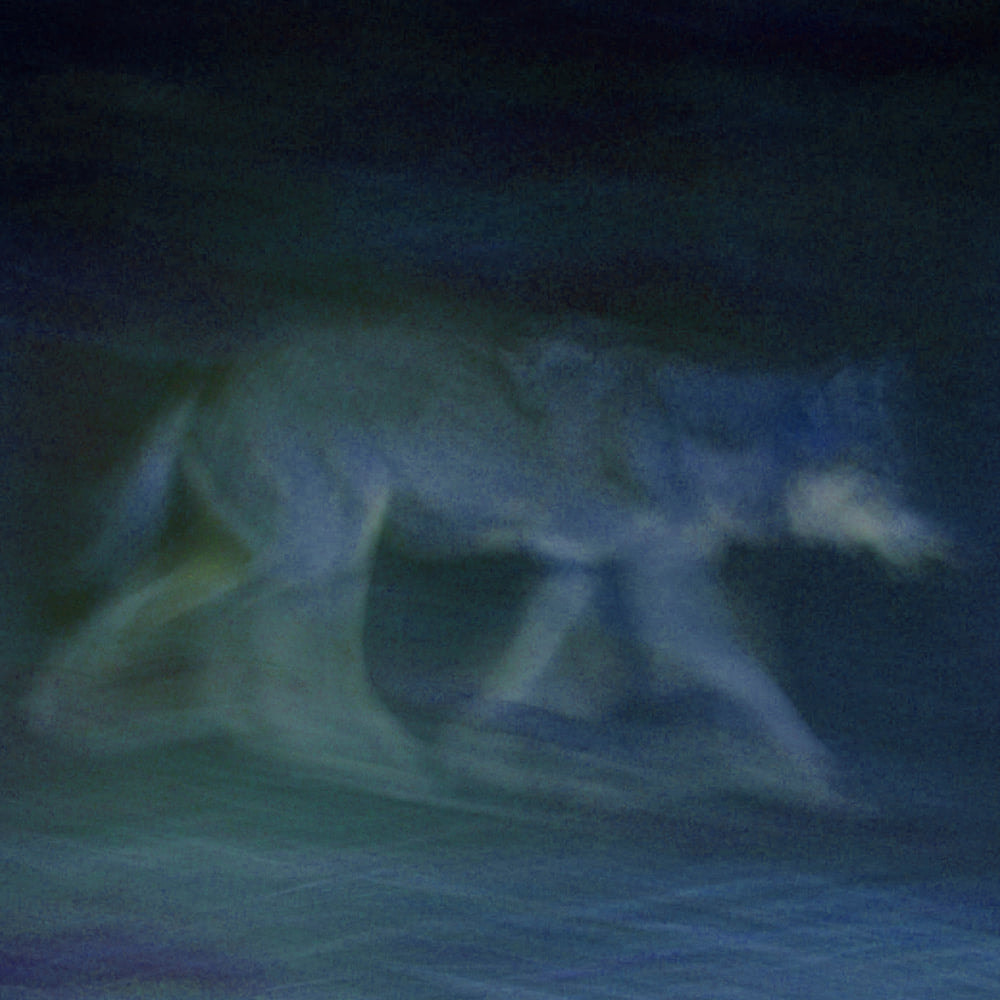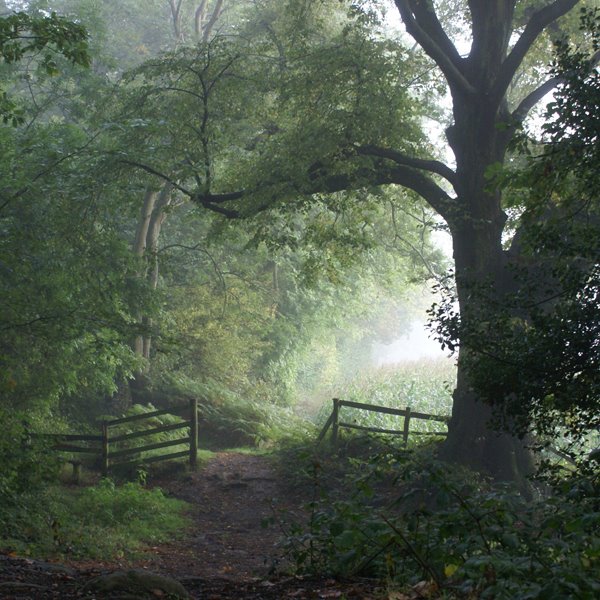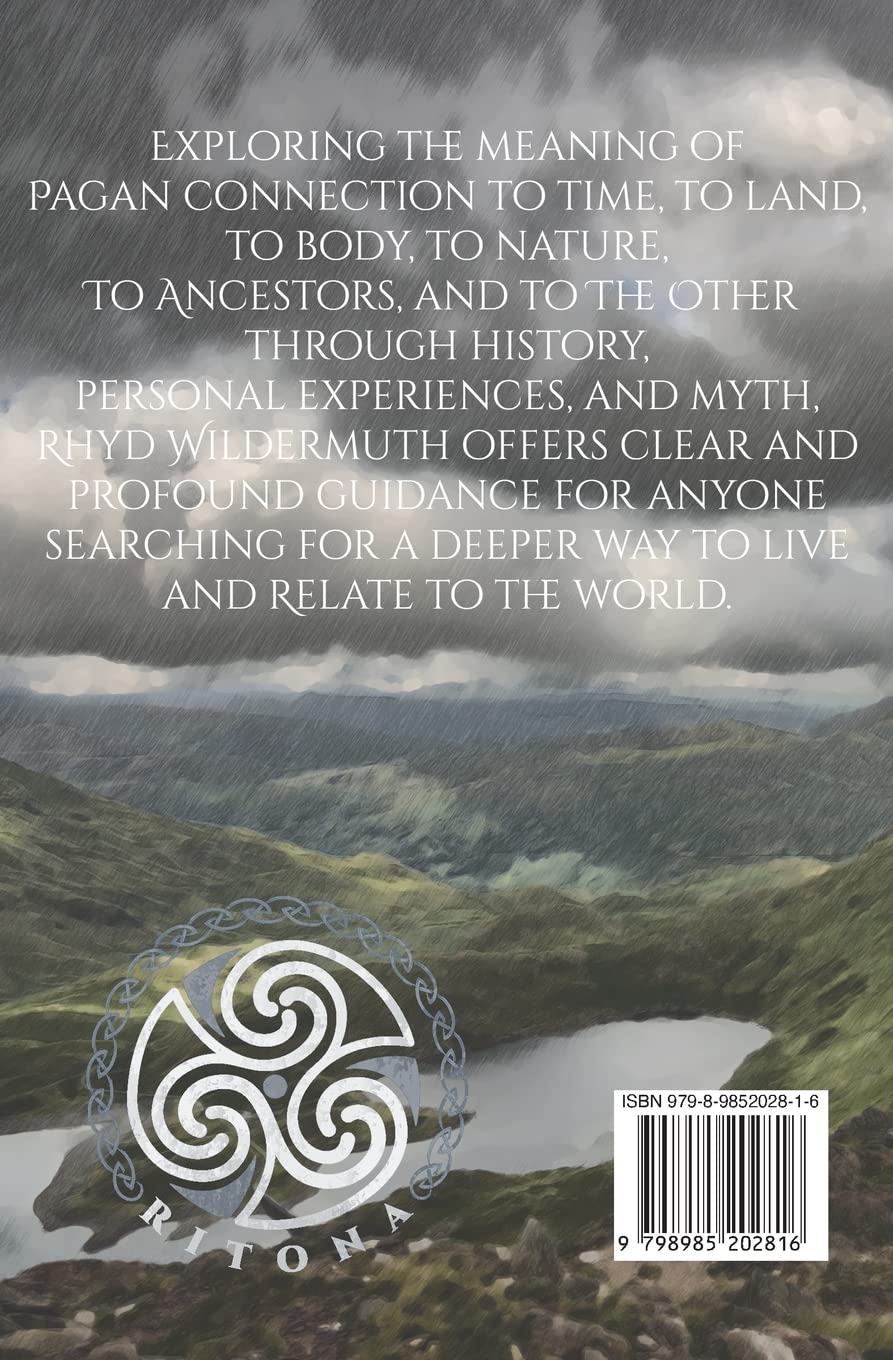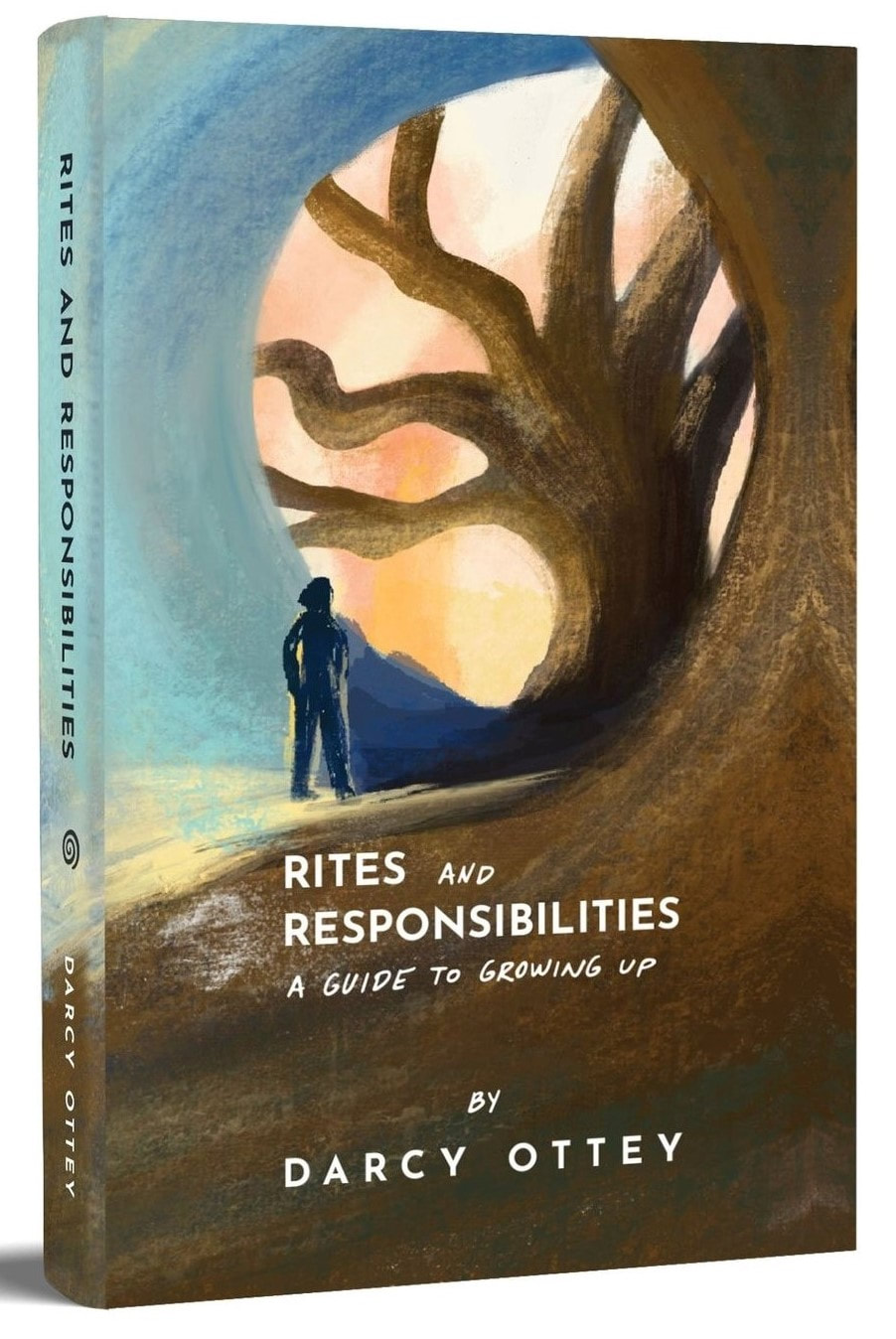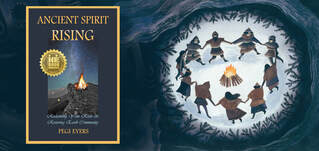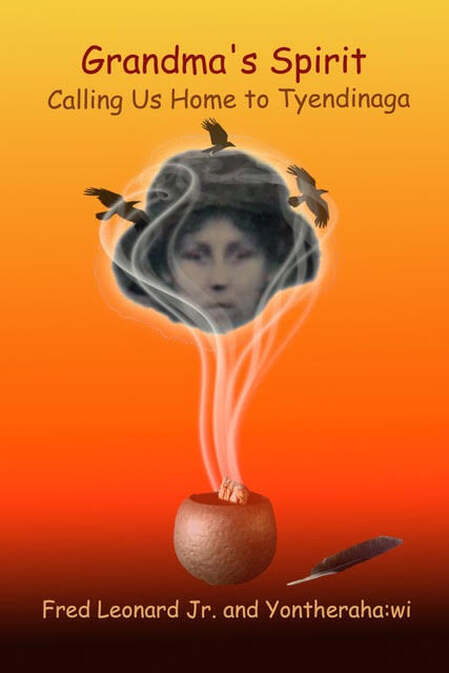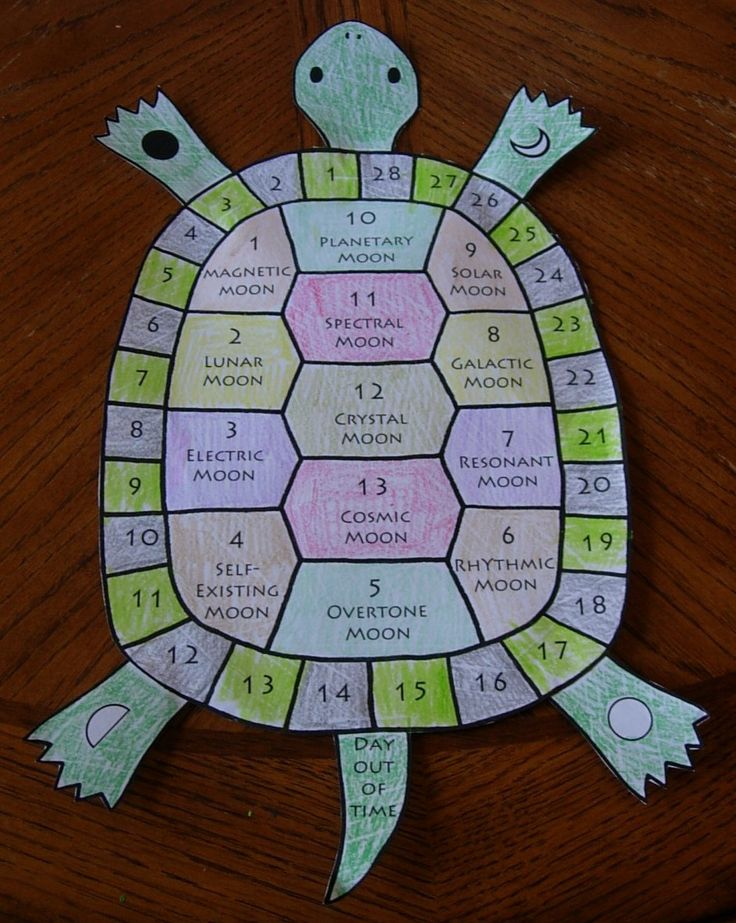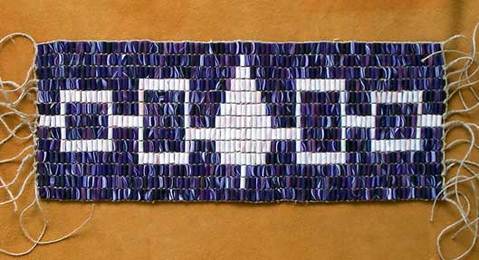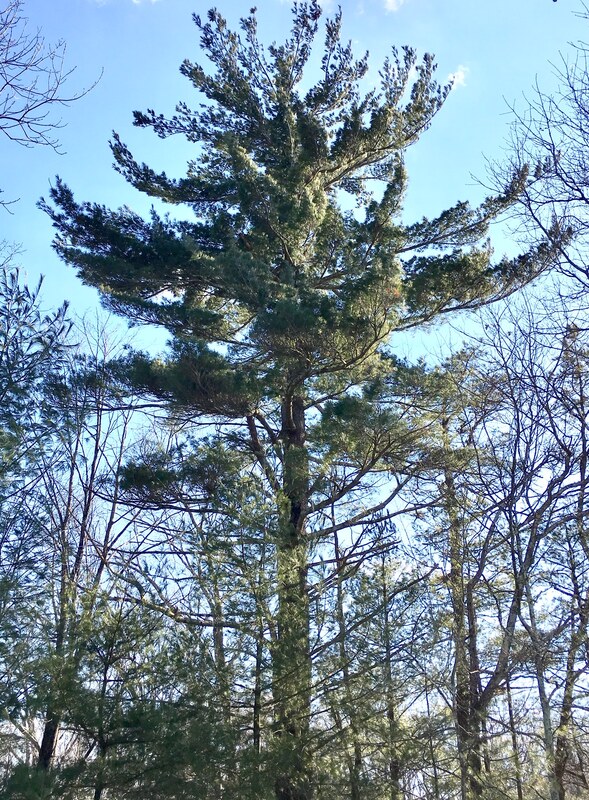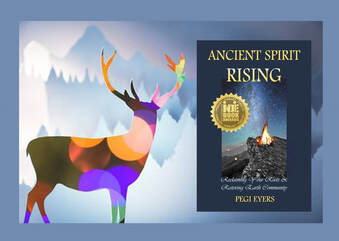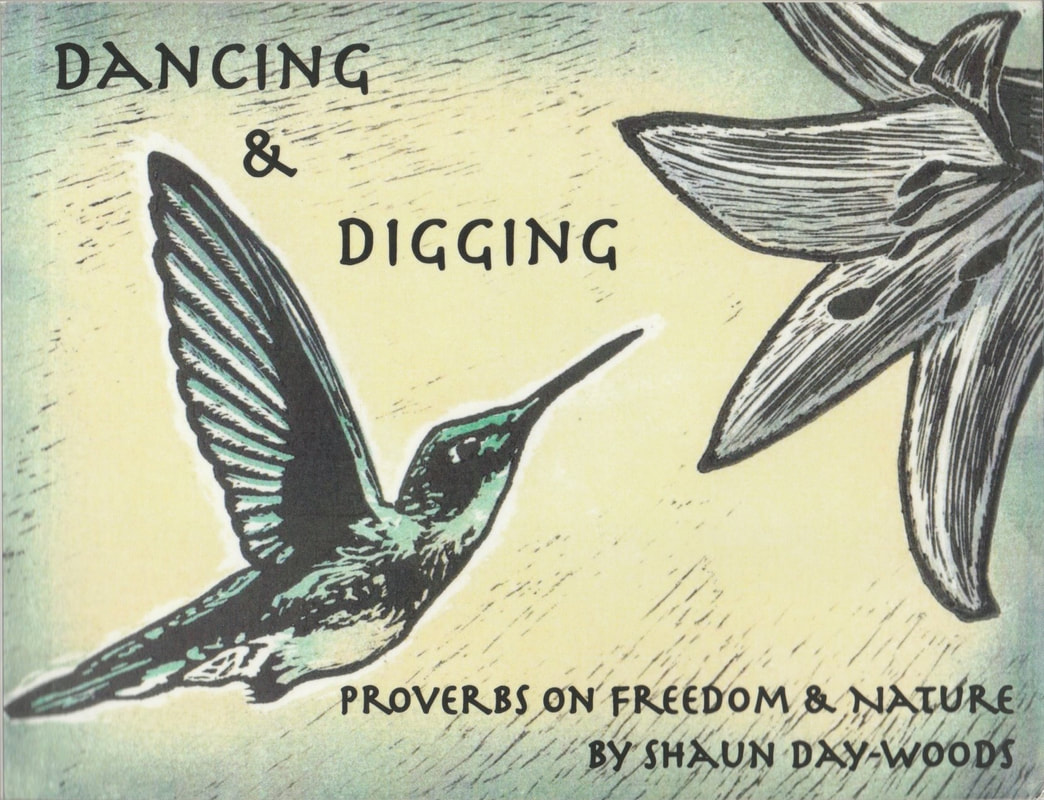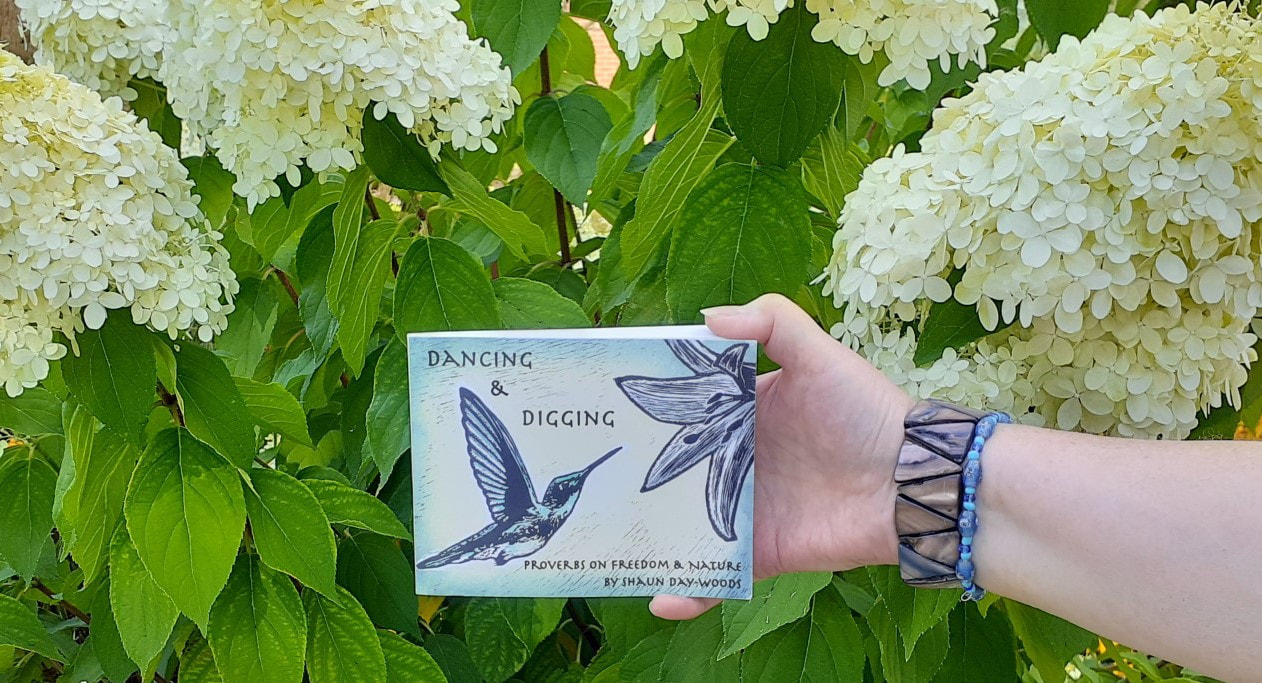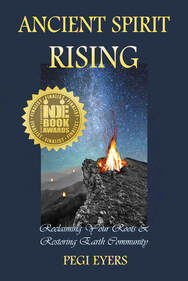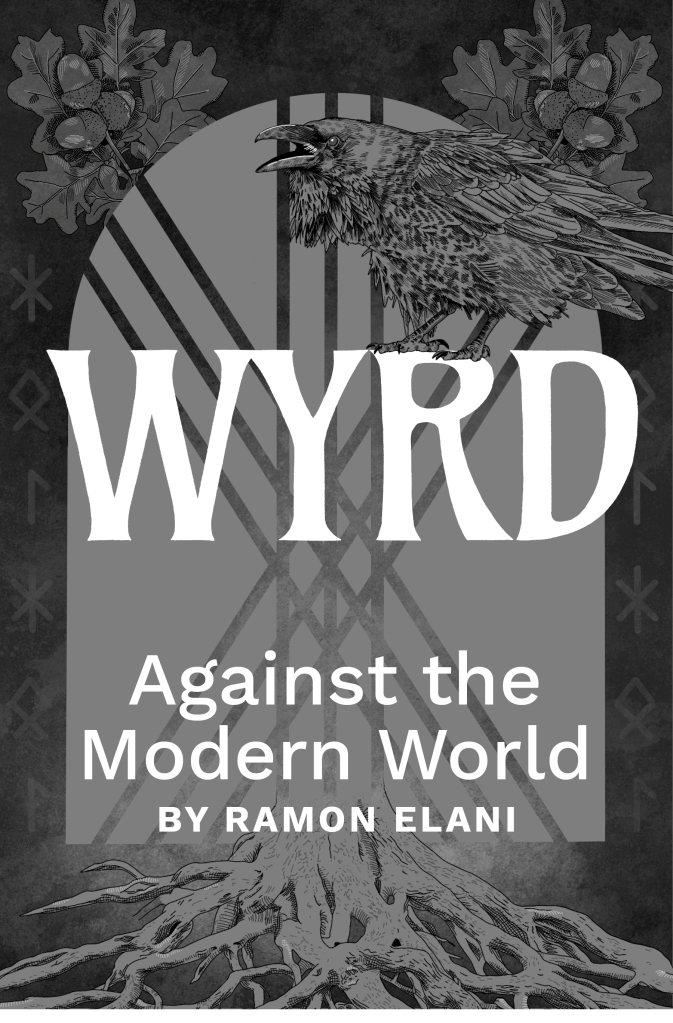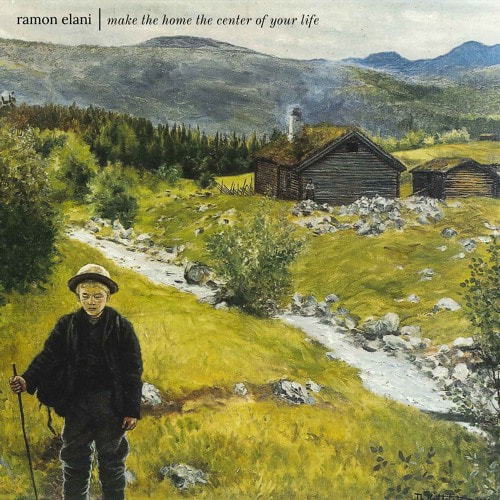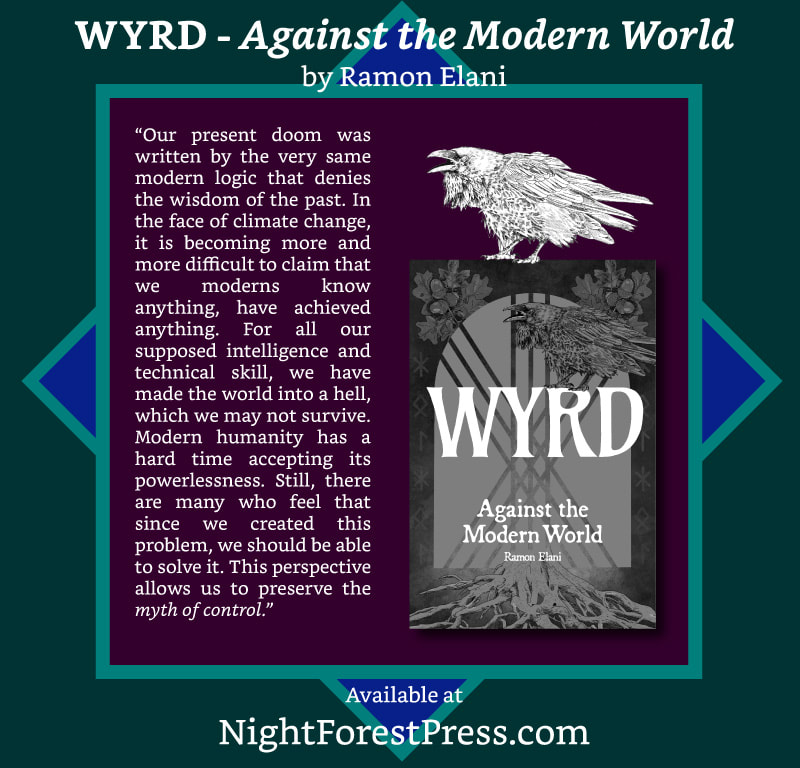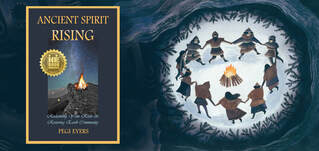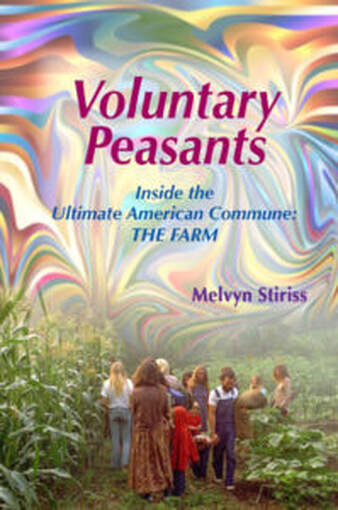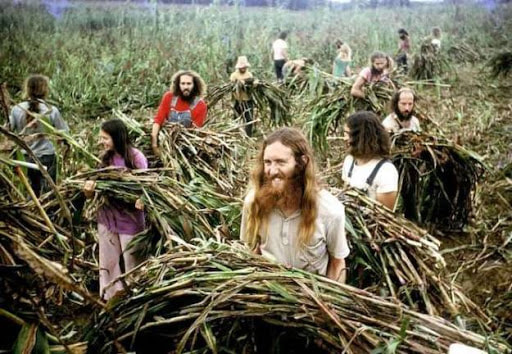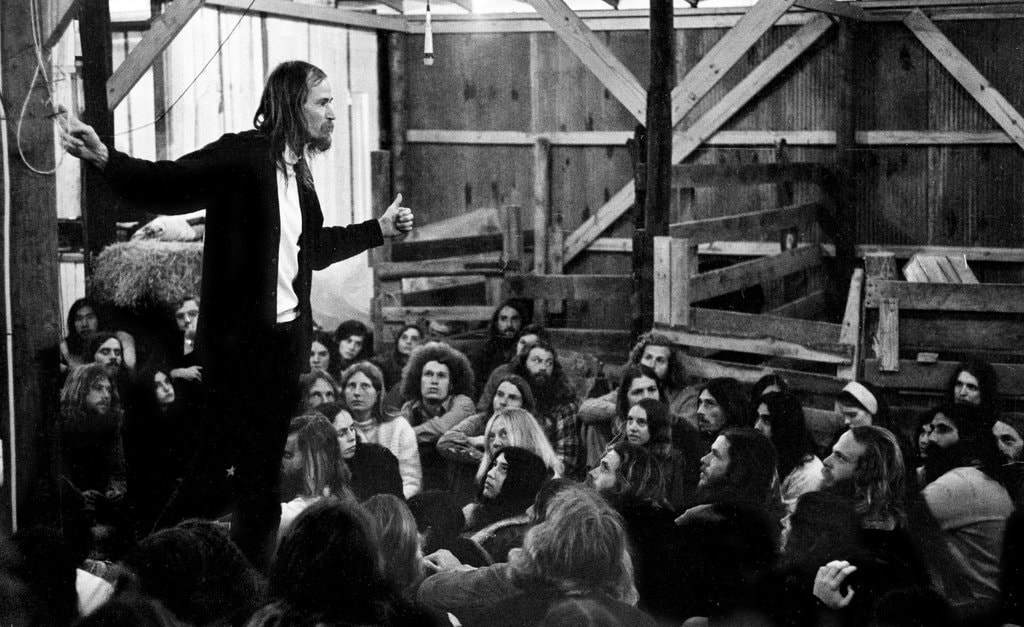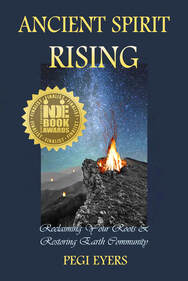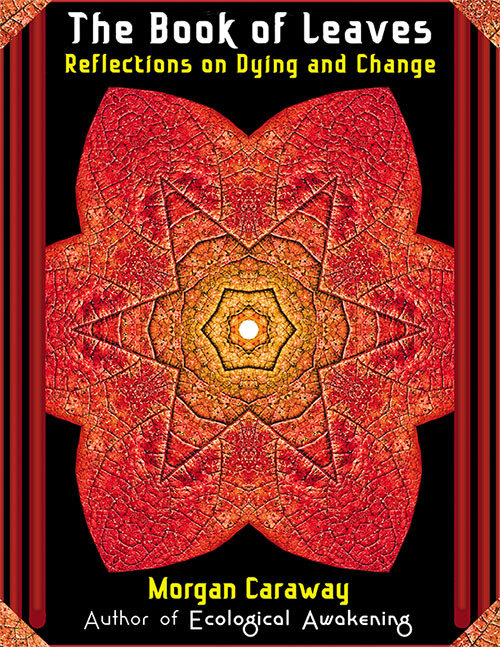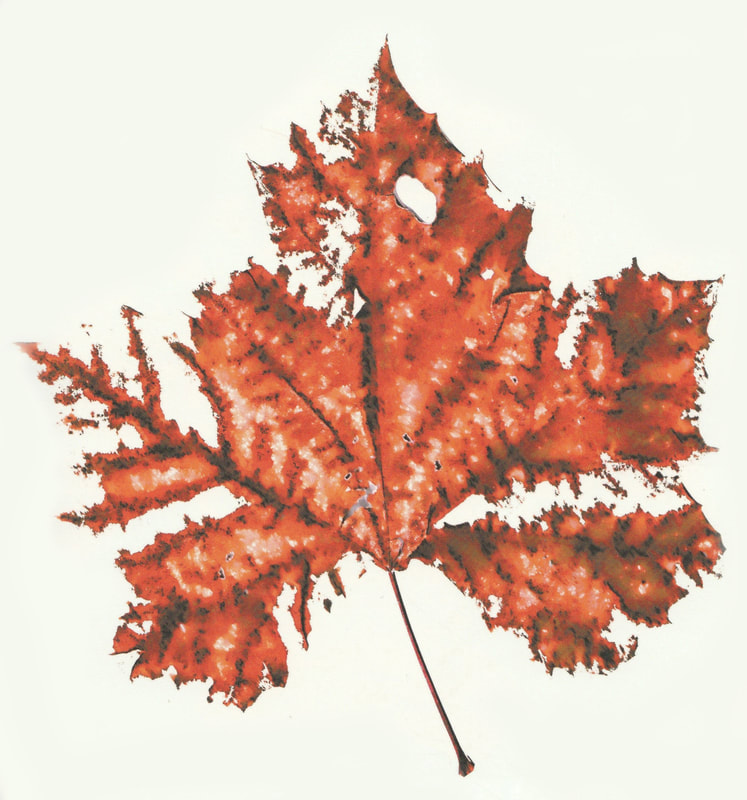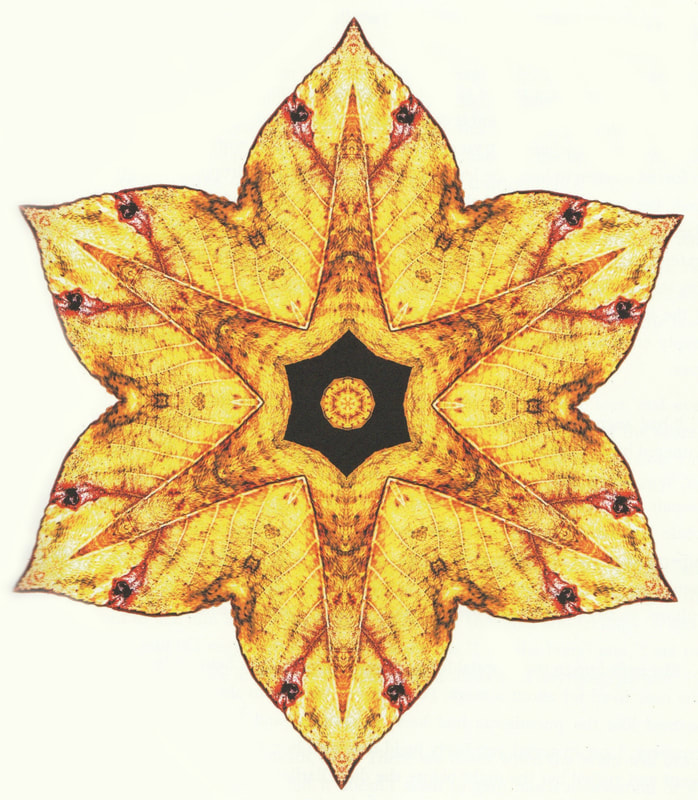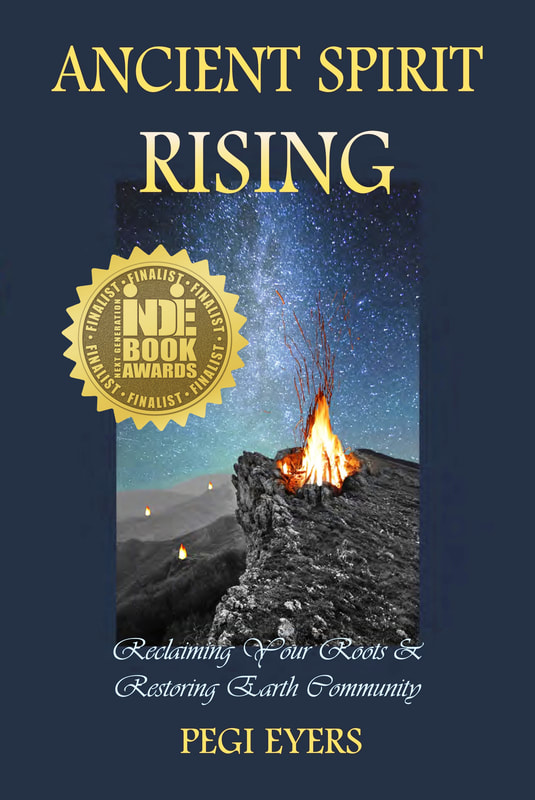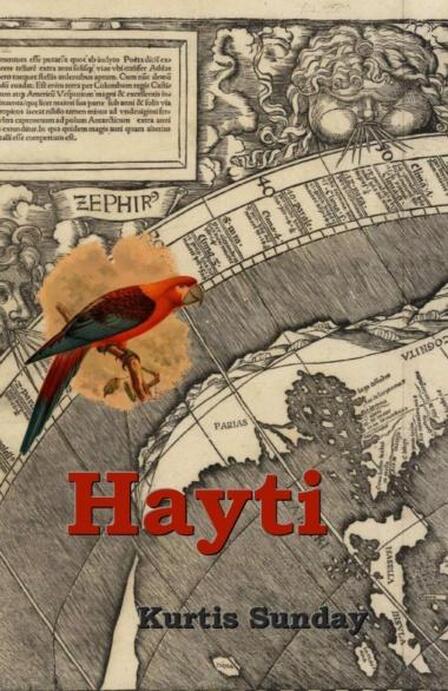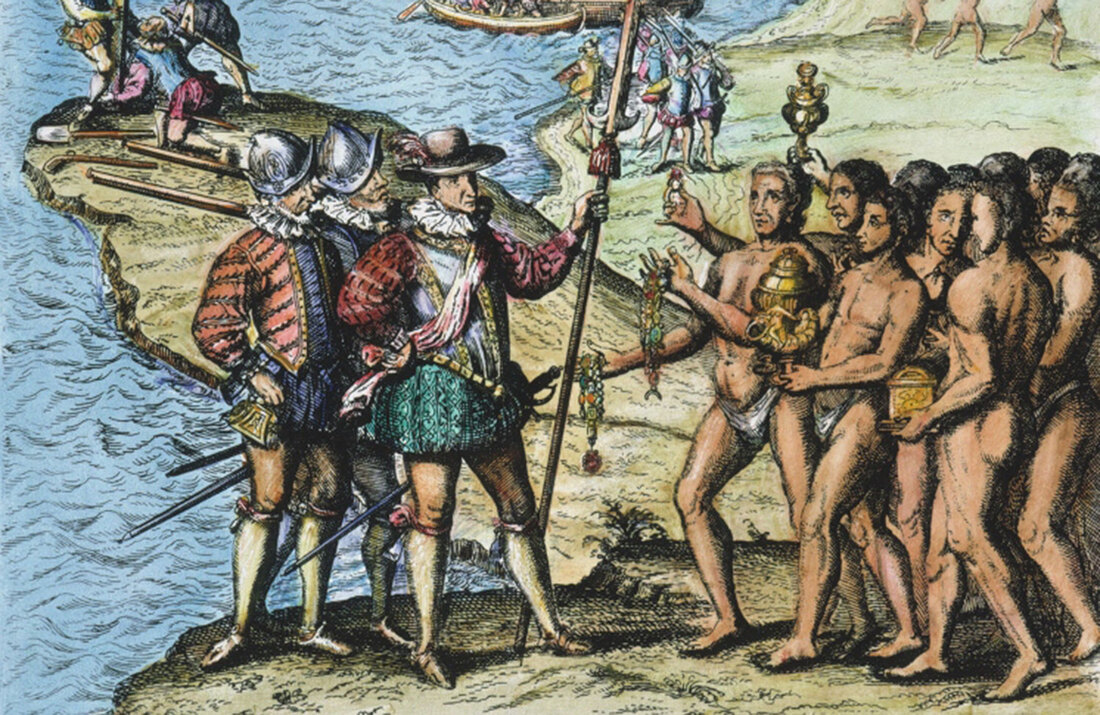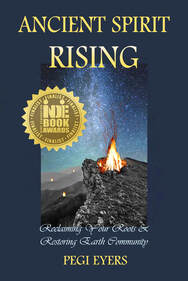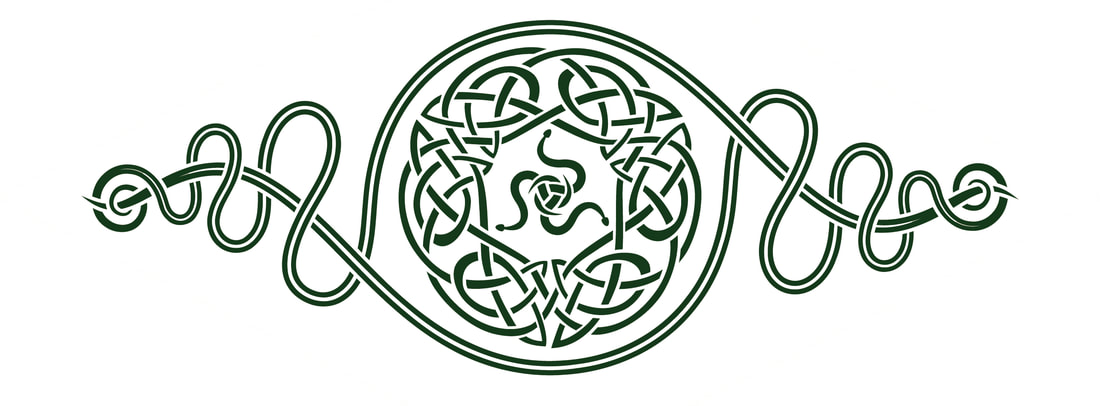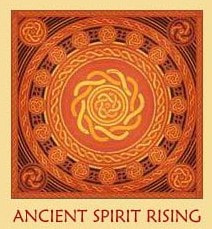REVIEW BY PEGI EYERS
I am so grateful to Jessica Carew Kraft for writing this amazing book! Many of us cannot fully return to a hunter-gatherer lifestyle today, but the principles covered in Why We Need to be Wild are essential for humanity going forward. Utilizing both personal narrative and the journalistic voice, Jessica skillfully describes our disconnect from the natural world, and the best practices for reclaiming our bonds to the land, in both material culture and body/mind/spirit. At the heart of today’s rewilding movement, there is a yearning to reject civilization, and a directive to recover Paleolithic skills and create earth-emergent community once again. Jessica explores the many nuances of this collective journey, and describes her fascinating encounters with the main players, practitioners, teachers, visionaries and survivalists in this flourishing network. Her progress from high-tech city dweller to ecological being – a story of trial and error - is fascinating, and incredibly inspiring. Difficult themes such as the legacy of colonialism, rewilding on Indigenous lands, cultural appropriation and social justice are addressed, and Jessica takes on the very real challenge of living apart from the conveniences of civilization, both in the practicalities and ethics of self-sufficiency. With her achievements in journalism and anthropology, and as a feminist and mother, she also offers much-needed representation in a movement that has been at times focused on the “rugged male!” In both theory and action, Why We Need to be Wild is a brilliant guide to the rewilding of self, family and community, and the ancestral wisdom we need to embody, as we return to right relationship and reciprocity with the sacred cycles of nature in the places we call home.
Visit Jessica Carew Kraft’s >website<
Find Why We Need to Be Wild on >Amazon<
Visit Jessica Carew Kraft’s >website<
Find Why We Need to Be Wild on >Amazon<
Pegi Eyers is the author of "Ancient Spirit Rising:
Reclaiming Your Roots & Restoring Earth Community"
an award-winning book that explores strategies for intercultural
competency, healing our relationships with Turtle Island First Nations, uncolonization, recovering an ecocentric worldview, rewilding, creating a sustainable future and reclaiming peaceful co-existence in Earth Community.
Available from Stone Circle Press or Amazon.
Reclaiming Your Roots & Restoring Earth Community"
an award-winning book that explores strategies for intercultural
competency, healing our relationships with Turtle Island First Nations, uncolonization, recovering an ecocentric worldview, rewilding, creating a sustainable future and reclaiming peaceful co-existence in Earth Community.
Available from Stone Circle Press or Amazon.
